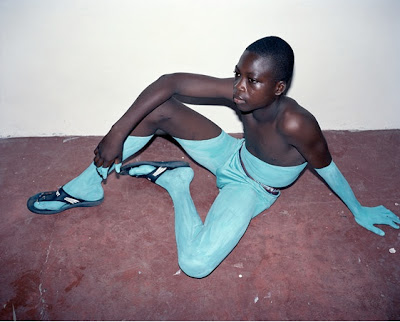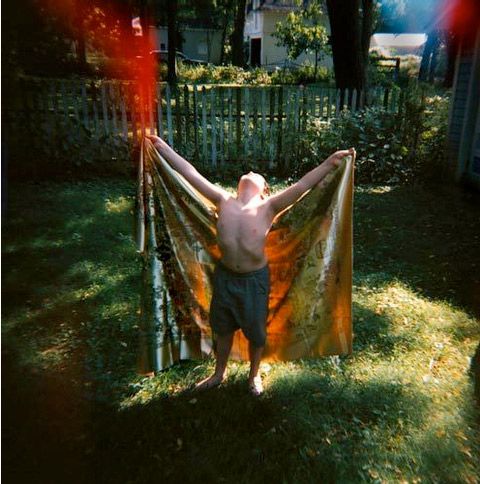Notes on a talk by Michael Stone at Centre of Gravity, April 14, 2013
The last chapter of Shantideva’s book A Guide to the Bodhisattva’s Way of Life was about virya, or enthusiasm. Appropriate effort mixed with relaxation. We approached this idea via the previous chapter on patience.
Kind
When you speak to someone returning from travels, they often remark on moments of unexpected kindness. Why is it so unexpected? Kindness is the residue, it’s what’s left over when less important events drop away. The kindness of strangers, the opening in a face. Caring for the inner life and relationships is synchronous, they go hand in hand.
There is no one best practice, but it’s important to formalize your own practice. For example: to settle on the breath. To anchor yourself in something other than the repetitive patterns of the mind.
Hacking
Here is a summary of the book so far: find the right place to practice. Internally, the practice is shamata. Shamata contains the word sham, which means ease. It’s when you can sit still and find calmness. When you can sit and find your body, then your mind will start to settle. The first section of this chapter is about knowing how to create an environment for yourself that promotes calm. Now he is going to deconstruct how we think about compassion. Sometimes being awake means deconstructing narratives. You can do it intellectually, but it happens primarily in your body.
There are social forces that colonize and mobilize anxieties and impulses that are effectively our evolutionary residue. We have deep down drives around scarcity, survival, intelligibility and belonging. Those drives, if unchecked, can foster white supremacy, heteronormativity, consumer culture and a mania for growth. They aren’t going to go away. Forging a critical relationship with these drives is a good idea for our practice. It’s training. Even if training means returning to “Nothing is substantially me or mine” – it’s undoing our attachments. Especially our attachment to comfort. To privilege. What do you do after your basic needs are met? What are the tools for intervening?
In sitting practice we can take apart our tendency to cling to whatever is arising and deconstruct old narratives. These old narratives exist not just in you, but in society. Society constantly colonizes and mobilizes old impulses (of greed and grasping, or the anxiety of belonging, of intelligibility). That’s the social piece of working with your own mind. These old habit patterns are mobilized by banking and shopping. If unchecked, the old patterns can keep us asleep socially and ecologically, inspire once more the anxiety of not being part of a club. (Unconsciously, belonging to the club means knowing what club you don’t belong to.) Internal meditation is a constant training, it’s a constant engagement with culture, not a state you reside in that’s blissful. Mindfulness practice is a way of intervening. It’s a form of hacking.
The term “hacker” was coined in the 1960s at MIT. Richard Stallman is an American software freedom activist and computer programmer. He talks about hackers who program: “What they had in common was mainly love of excellence and programming. They wanted to make the programs that they used as good as they could. They also wanted to make them do neat things. They wanted to be able to do something in a more exciting way than anyone believed possible and show, ‘Look how wonderful this is. I bet you didn’t believe this could be done.’”
Isn’t this a beautiful definition of mindfulness? Practice leads us into an embodied form of happiness – a happiness that does not come from exploiting others.
Equal
Here is the Dalai Lama’s favourite text. It shows up again and again in his talks because it’s the root. Dharma basics. Paragraph 90:
First of all, I should make an effort
To meditate upon the equality between self and others.
I should protect all beings as I do myself
Because we are all equal in (wanting) pleasure and (not wanting) pain.
Alan Wallace’s translation: All equally experience suffering and happiness, and I must protect them as I do myself. Meditation is not silent meditation on the breath. It’s the cultivation of deeper insight into the fact that we and other beings are not separate. It’s more contemplation than meditation.
Why do we say: She is suffering and I have to help her? Is it possible just to see it as suffering, we go to help just because there’s suffering. It doesn’t belong to me, it doesn’t belong to her. It’s an energy that requires attention. It’s an energetic pattern that is moving through all of us in different ways.
The suffering that I experience
Does not cause any harm to others.
But that suffering (is mine) because of my conceiving of (myself as) “I”;
Thereby it becomes unbearable.
Likewise, the misery of others
Does not befall me.
Nevertheless, by conceiving of (others as) “I,” their suffering becomes mine;
Therefore, it too should be hard to bear.
Hence I should dispel the misery of others
Because it is suffering, just like my own,
And I should benefit others
Because they are sentient beings, just like myself.
When both myself and others
Are similar in that we wish to be happy,
What is so special about me?
Why do I strive for my happiness alone?
And when both myself and others
Are similar in that we do not wish to suffer,
What is so similar about me?
Why do I protect myself and not others?
Awakening
Instead of non-violence as an attitude, it’s a practice of protecting others. Here is Bernie Glassman on waking up. “The word Buddha means the Awakened One. Awaken to what? My opinion is that we awaken to the Oneness of Life, the One Body. That is my opinion of enlightenment. This awakening keeps deepening and deepening. What do I mean by deepening? Most of us are enlightened to the Oneness of our own body. I think that my arms, my legs, my face, etc. are all part of One Body. In fact I generally act according to that opinion without thinking about it. It is very natural to do so and, in fact, if I didn’t act that way, people might say I am deluded.
Kōbō-Daishi (774–835, founder of Shingon Sect) said that we can tell the depth of a person’s enlightenment by how they serve others. If they are focused on themselves, they have awakened to the Oneness of themselves. If they are focused on their family, they have awakened to the Oneness of their family. If they are focused on their nation, they have awakened to the Oneness of their nation, etc., etc. In my opinion, the Dalai Lama has awakened to the Oneness of the Universe.
The bottom line for me is that the person has realized and is living the realization of the interconnectedness of life (the oneness of life). For me, that’s the awakening. For me, the enlightenment experience is awakening to the interconnectedness of life, that oneness of life; independent of what institution you belong to you can have that realization and you can function that way, and you could be within the Buddhist institutions and not be functioning that way.”
Awakening means seeing someone else as part of you, not separate from you. Feeling this separation is what the Buddha named dukkha. It is usually translated as suffering, but it really refers to the separation between self and other. The source of suffering, the heart of suffering, is the creation of an “I.” There is no way to create an “I” without creating something that is not-I. No us without them. No border without something on the other side. The creation of borders and boundaries: this is dukkha. This is suffering.
“Me” or “mine” for Shantideva is literally made of others. We are only the sum of our relationships. My self-interest can only include others. Even if once in a while I have very self-centered thoughts, they’re just karmic residue, like old skin on the carpet.
Pronoun
The whole text is a problem of the pronoun. What if we switched “I” and “They” to “He” and “I?” Instead of saying “I”, say “He.” He needs to eat. He needs to pee. He needs some time alone. When talking about others: I need someone to look at my face. I need someone to hold me. I need to be fed. I need work. I need less work. The suffering of suffering is the “my” label.
A Bodhisattva endures the difficulties of others with a steady mind. Whatever joy there is in this world, it all comes from wanting the happiness of others. After all, we all want to spread love around. What a relief to know that being a self is just a chore. And the alternative is love.
Guided Meditation
Close your eyes. Let the spine be upright. Rest in your breathing.
Let the mind clear. Visualize a small child, a baby, or an infant.
Maybe your own child, or someone you know. Some small child.
Visualize that small child.
Look at the child’s face and hands and eyes.
This child very naturally wants to be happy, wants happy experiences, loves joy. From the very beginning this child loves joy.
This is ho the child is wired. Delighted when happiness is present.
Miserable when things are unpleasant.
Can you see the expressions of this child?
Even before this child has a name he or she had this impulse.
Now think of an adult.
Maybe someone in the room here, or someone from another place in your life.
Bring them to mind.
As you see them in your mind’s eye breathe with that person. Share breath with that person.
Breathe them in and breathe them out.
That person only wants to avoid suffering.
Behind all his impulses and her motivations and intentions is this simple impulse to be happy and free.
Behind their complications and misguided actions they really just want happiness and joy.
Think of someone you’re fighting with or have trouble with.
Breathe with that person.
Think to yourself: just exactly like me, this person only wants to be happy and to avoid suffering.
Beneath all her complicated behaviors and confusion what’s really going on is a deep want, wanting to be happy. Just like me.
All beings are just like this.
They are all just different expressions of this one fundamental impulse, life’s basic impulse: to want happiness and to not want to suffer.
We are all just different waves, living out this basic impulse.
We are life itself.
Each wave on the ocean is a little different.
Coming and going. All expressing the deep ocean.




